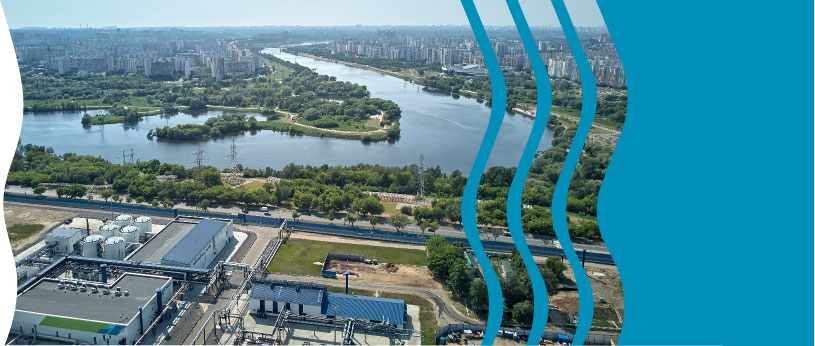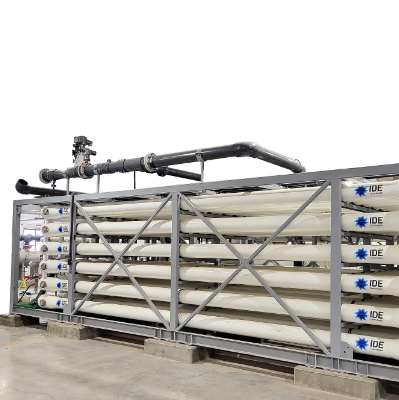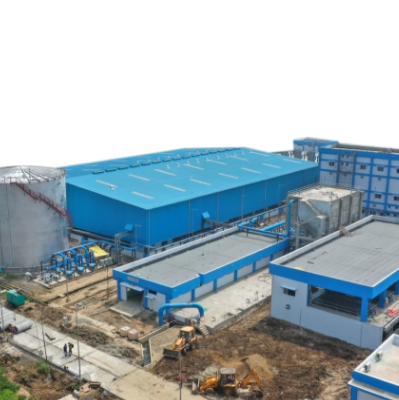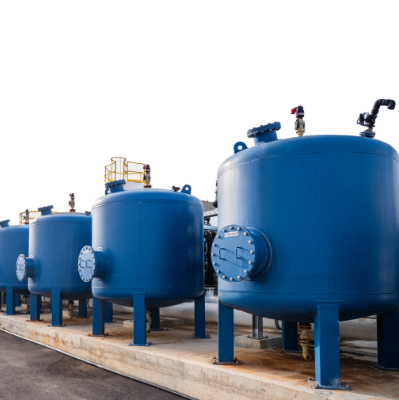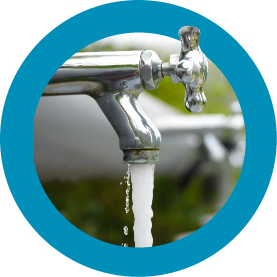
Municipal water treatment requires reliable, efficient, and safe processes to ensure communities’ access to fresh drinking water. Ground water, surface water, and other sources have different characteristics which make most of municipal water treatment systems unique to the area they serve.
IDE partners with municipalities around the world in smart, efficient, sustainable, and cost-effective ways. IDE’s integrated solutions and unique expertise help manage and overcome important challenges in the dynamic municipal sector.
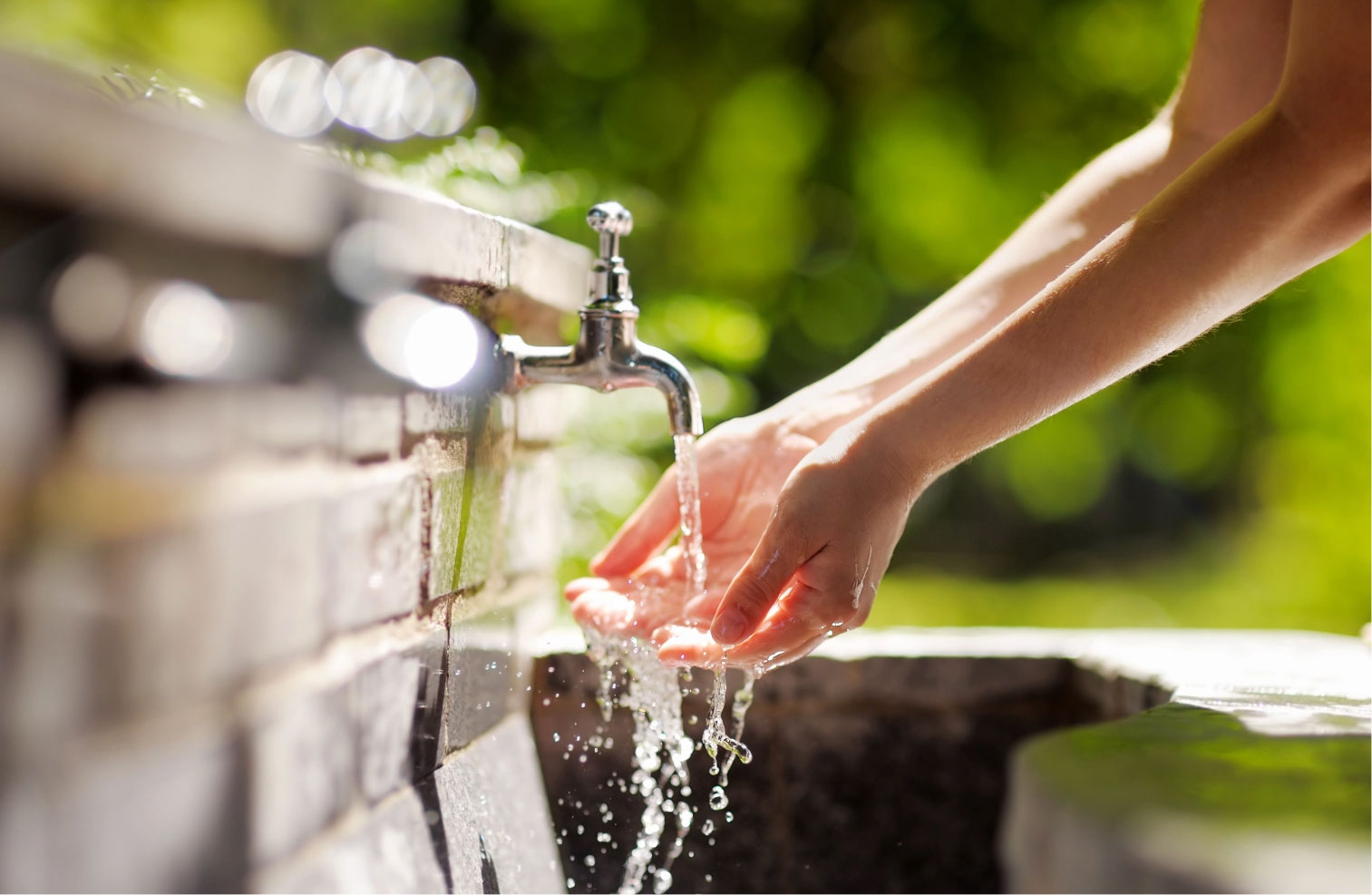


THE GROWING NEED FOR WATER REUSE
Municipalities wish to optimize their overall water use by reusing their wastewater prior to discharging it back to the environment. By doing so, water reuse in either IPR or DPR approaches can be an alternative water source for municipalities to enhance water security.
Implementation of DPR and IPR approaches.
At IDE, we partner with municipalities on the development, construction, operation, and financing of innovative, economical, and sustainable municipal water treatment solutions.
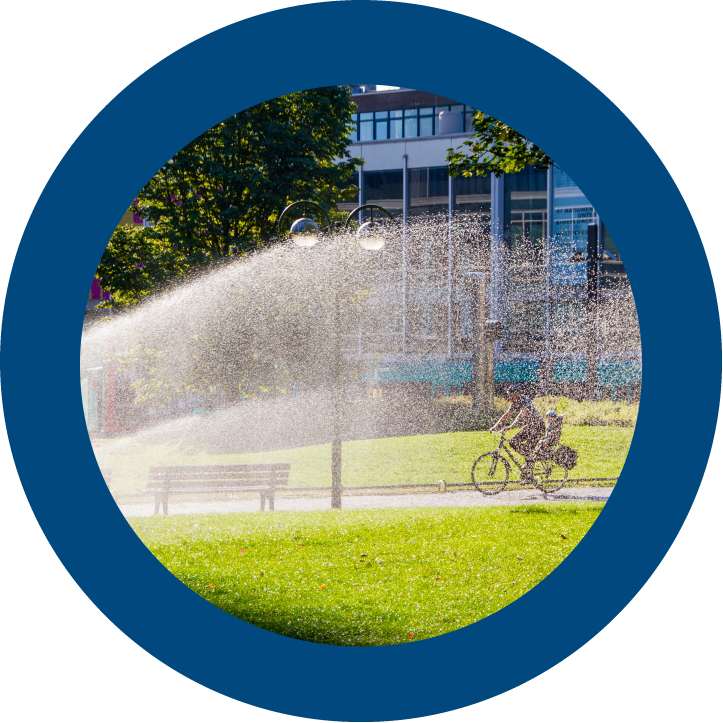

AT IDE, WE PARTNER WITH MUNICIPAL CUSTOMERS TO:
- Effectively treat wastewater and redirect it for reuse (DPR and IPR)
- Address needs related to aging infrastructure expansion and replacement
- Adhere to policies and regulatory requirements
- Create a sustainable and high-quality water supply
- Meet the increased water demands of a growing population

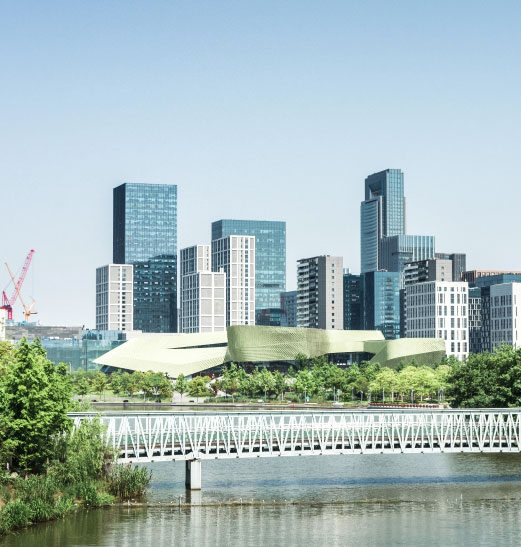

CHOOSE YOUR MODEL
IDE collaborates with municipalities using various business models to establish an optimal framework for cooperation tailored to the customer’s requirements.
Potential models encompass Public-Private Partnerships (PPP/P3), including Build Operate Transfer (BOT) and Build Own Operate (BOO), as well as turnkey project execution projects such as Design-Build (DB), Engineering-Procurement-Services/Support (EPS), and Operation and Maintenance (O&M).
Within the P3 frameworks, IDE assumes responsibility for designing, building and financing the project. Subsequently, the company operates the facility under a long-term concession, ensuring optimal risk allocation and long-term sustainability.
Related Projects

From Drain to Drink: Discover IDE's Water Treatment Technologies for Municipalities
-
Tertiary Treatment
Tertiary water treatment is the final stage of the multi-stage wastewater cleaning process. This third stage of treatment removes inorganic compounds, bacteria, viruses, and parasites. Removing these harmful substances makes the treated water safe to reuse, recycle, or release into the environment.
-
Microfiltration (MF)
Microfiltration is a filtration process using a microporous media that retains the suspended solids of a fluid. The pore size of the membrane ranges from 0.1 to 1 microns. Microfiltration is different from reverse osmosis and nanofiltration in that it does not require pressure. It is often used as a pretreatment step in the production of drinking water and industrial water. It has excellent properties to eliminate suspended solids, bacteria and cysts.
-
Fully Advanced Treatment (FAT)
FAT is the conventional solution for industrial and wastewater reuse facilities.
The treatment includes three stages, UF/MF, Standard multi-stage RO, and UV/AOP, which produces water that meets the strictest regulations for water reuse. It includes dosage of chloramine, which helps control biofouling of the membranes but is also a precursor to the formation of disinfection byproducts such as NDMA – a dangerous organic contaminant and a suspected carcinogen.
-
Ultrafiltration (UF)
Ultrafiltration (UF) is a pressure-driven barrier to suspended solids, bacteria, viruses, endotoxins and other pathogens to produce water with very high purity and low silt density. Ultrafiltration (UF) is a variety of membrane filtration in which hydrostatic pressure forces a liquid against a semi permeable membrane. Suspended solids and solutes of high molecular weight are retained, while water and low molecular weight solutes pass through the membrane.
-
PFRO: Chloramine-Free Water Reuse Solution
IDE’s Pulse Flow Reverse Osmosis (PFRO™) technology is completely chloramine-free. Contrary to standard RO systems that operate under continuous hydraulic and osmotic conditions, the PFRO™ process utilizes alternating hydraulic conditions, switching between dead-end production mode and flushing mode, during which brine is flushed out at high velocity.
The constantly changing hydraulic conditions make it very hard for microorganisms to sustain themselves, thereby reducing the risk of biofouling and scaling. This allows the system to operate at very high flux rates (50% higher than normal), eliminating the risk of rapid increase in biofouling and resulting in overall CAPEX savings of about 20%.
IDE’s proven and innovative PFRO™ solution for water reuse, can help municipalities power water resiliency, security and sustainability.
